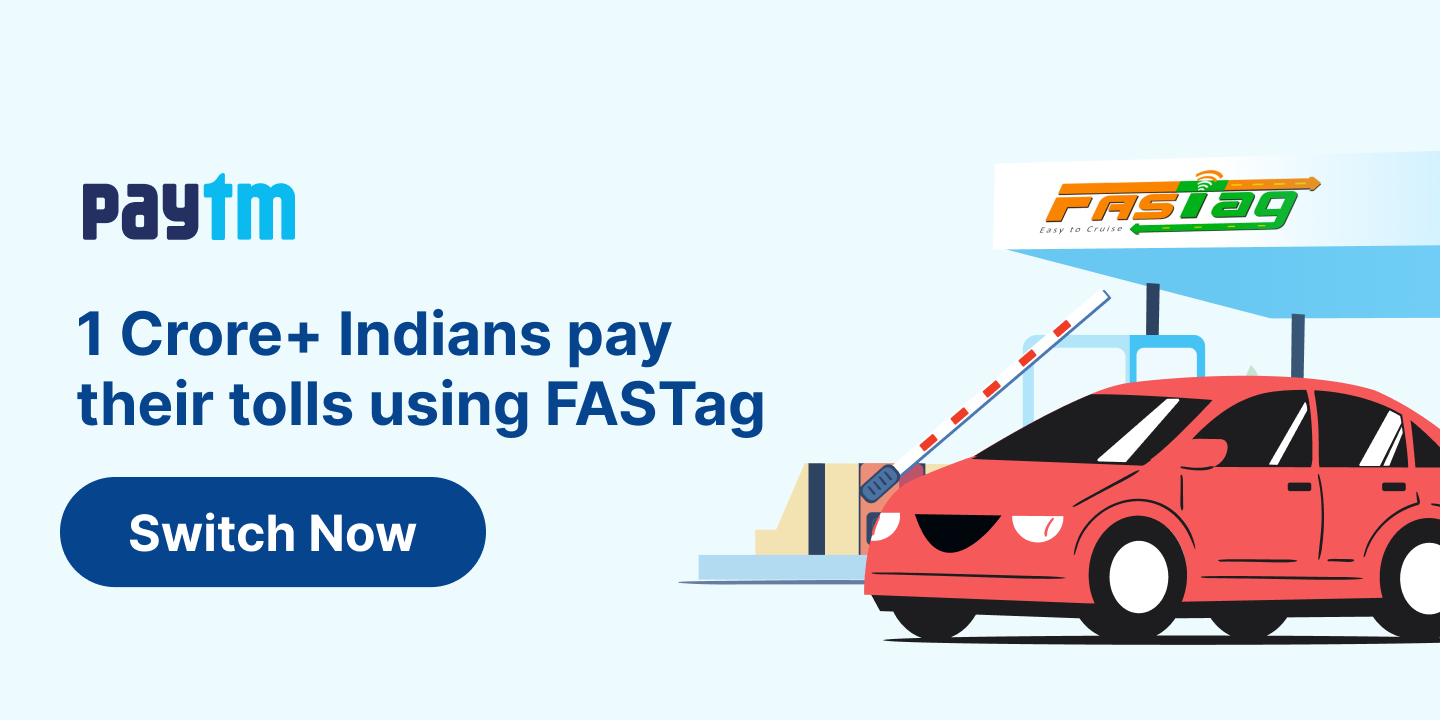Synopsis:
-
The Ministry of Road Transport and Highways introduced satellite-based toll collection via Global Navigation Satellite System (GNSS).
-
Vehicles with GNSS devices will pay tolls automatically based on the distance traveled.
-
This system will operate alongside FASTag and Automatic Number Plate Recognition (ANPR).
-
Dedicated lanes for GNSS-equipped vehicles will allow them to bypass manual toll collection.
-
The GPS-based tolling system eliminates physical toll booths, speeding up traffic flow.
-
Unlike FASTag, the satellite system offers more precise, distance-based tolling.
-
OBUs (On-Board Units) will track vehicle movements, and toll fees will be deducted from linked bank accounts.
-
The system will first launch on select highways before nationwide implementation.
The Ministry of Road Transport and Highways, on September 10, announced significant updates to the National Highways Fee (Determination of Rates and Collection) Rules, 2008. The new amendments pave the way for toll collection using satellite-based systems, marking a major shift in how tolls will be charged on India’s highways.
As per the revised rules, vehicles equipped with Global Navigation Satellite System (GNSS) devices, including the United States’ GPS, will now be able to pay tolls automatically based on the distance they travel. This new system will work alongside the existing FASTag and Automatic Number Plate Recognition (ANPR) technology.
Additionally, special lanes will be set up at toll plazas for GNSS-enabled vehicles, allowing them to pass without stopping for manual payments. These changes are part of the government’s plan to modernize toll collection and ease traffic congestion on highways.
How GPS-Based Toll Collection Works
Currently, tolls are collected at physical plazas, even with the widespread use of FASTag. The new GPS-based system will calculate tolls using satellites and onboard tracking systems, ensuring that charges are based on the exact distance a vehicle travels. This technology eliminates the need for toll booths, speeding up traffic flow and reducing wait times.
Difference Between GPS Tolling and FASTag
Unlike FASTag, which relies on RFID tags to deduct toll charges, the satellite-based system uses GNSS technology, including India’s GPS Aided GEO Augmented Navigation (GAGAN) system, for more precise toll calculation. This system provides real-time tracking, making distance-based tolling more accurate.
How the New System Will Work
Vehicles will be equipped with On-Board Units (OBUs), which serve as tracking devices. These OBUs will interact with satellites to monitor the vehicle’s journey and calculate the toll based on the distance covered. The toll fees will be directly deducted from the vehicle owner’s linked bank account. Initially, the system will be rolled out on select highways and expressways before expanding to more areas.
OBUs, much like FASTags, will be made available via government portals, and over time, manufacturers might install them in vehicles by default. A zero-toll zone of up to 20 kilometres will also be introduced for vehicles using GNSS, after which tolls will be charged according to the distance traveled.
Challenges Ahead: Despite the promise of more efficient toll collection, the transition to a GPS-based system poses several challenges. India’s extensive road network, stretching over 6.67 million kilometres, will require significant upgrades to infrastructure. Additionally, the existing FASTag system may need to be replaced, potentially leading to higher toll costs for users.








